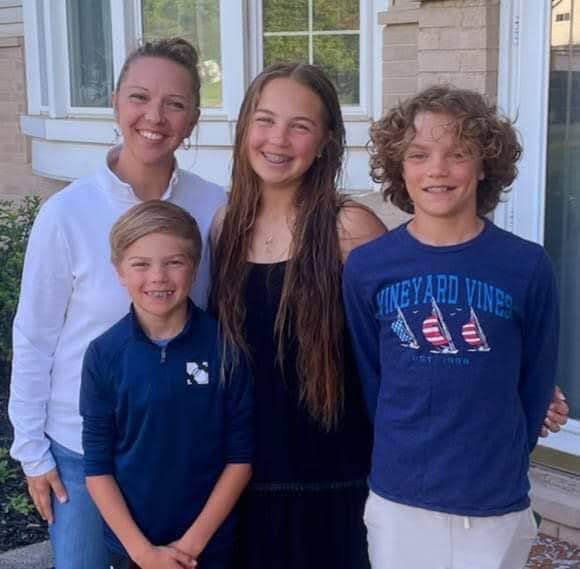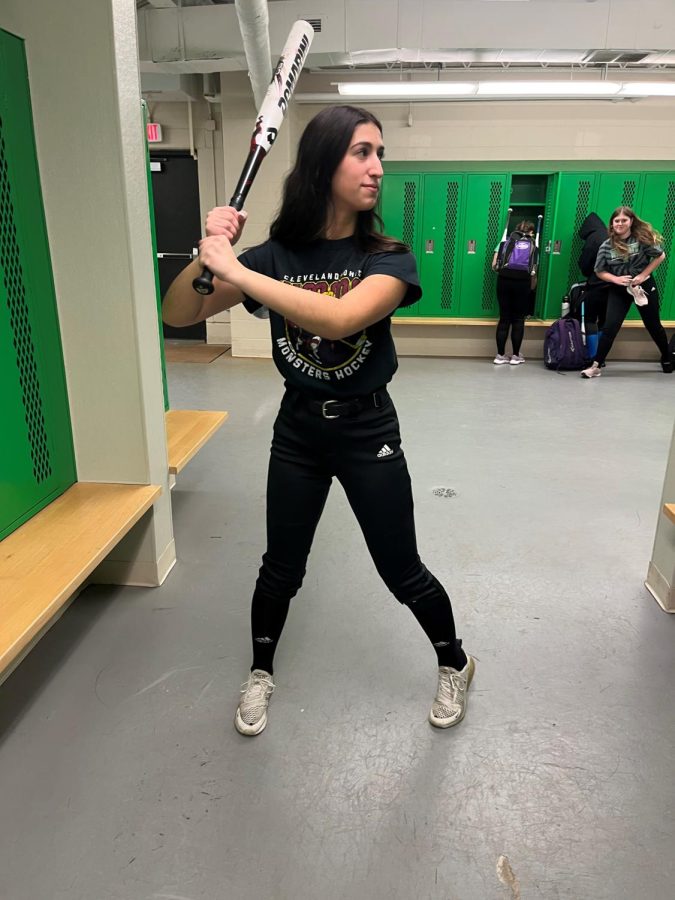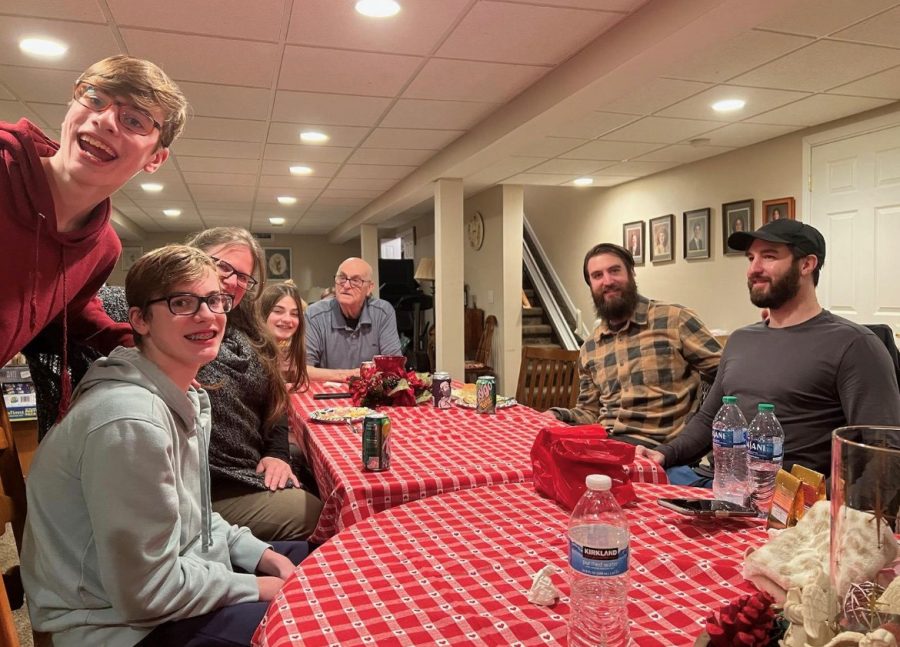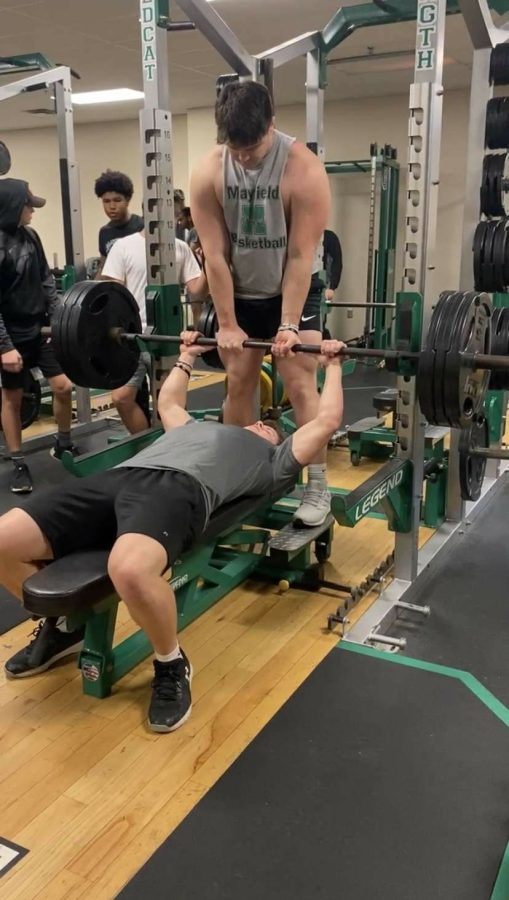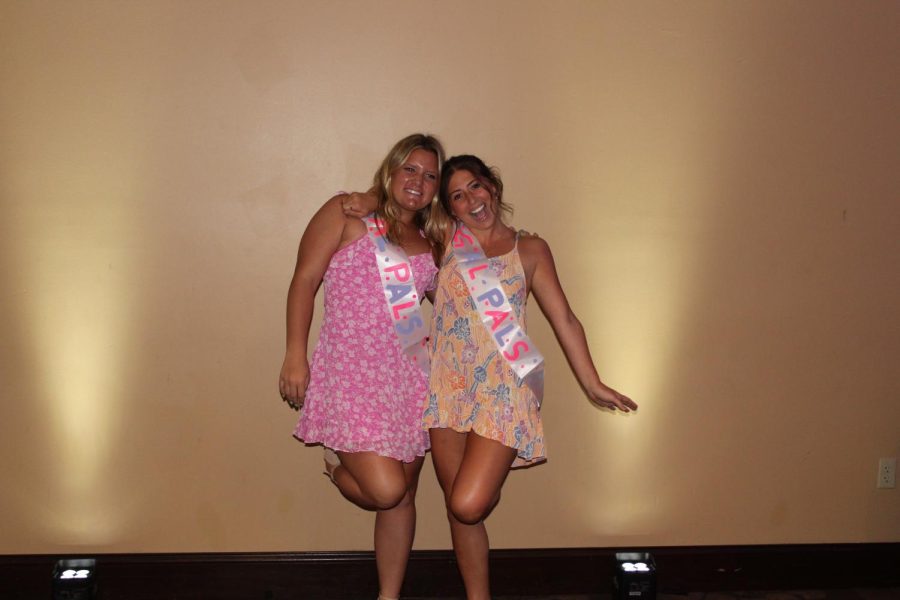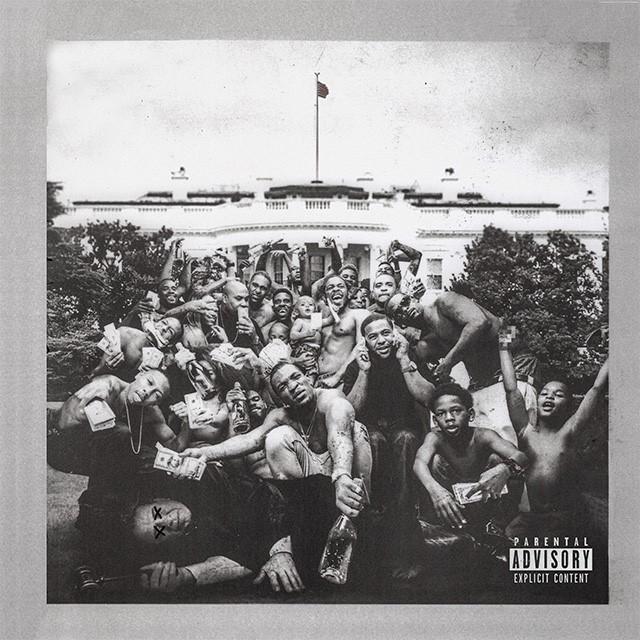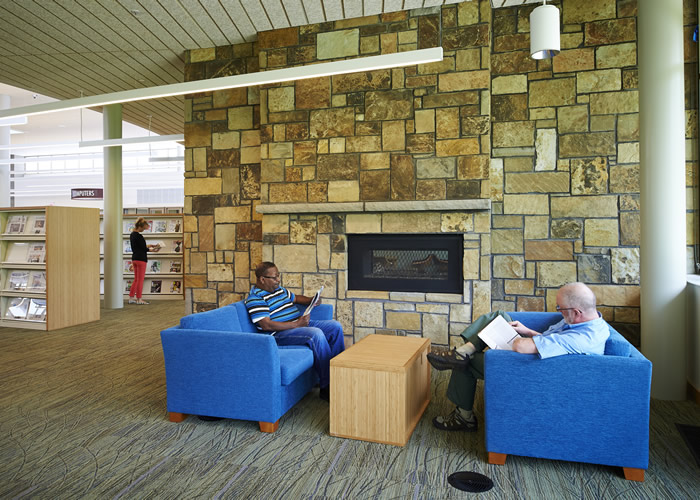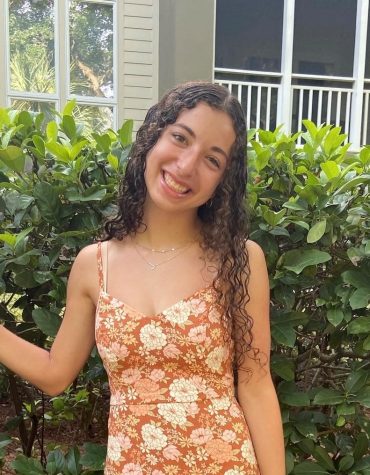OPINION: AP Seminar should count for communications credit
Mr. Legan's official Twitter account
Gianna Condelli, Anna Rini, Vishista Nayak, and Henry Tran present a speech during their AP Seminar class.
March 17, 2023
The AP Seminar course given at the high school should be considered a communication credit and not just an English credit.
John Sullivan, the AP Seminar teacher, thinks the course includes topics that are also taught in Mayfield’s Communications class and more. He said, “We do a variety of speaking and listening, written, and reading standards.”
Sullivan says the course focuses on presentation. He said, “They have to be able to work collaboratively with a group and delivering a team presentation that is argumentative and then they also have to do specific individual presentations”
According to the National Communication Association, a communications course should focus on small group understanding and public speaking, which AP Seminar strongly entails. The organization states on its website, “This course presents principles to help students develop appropriate and effective communication strategies in one-to-one and small group communication settings.”
Sophomore Gabriella DiLalla, who agrees that AP Seminar should be considered a communications credit, describes the course as learning how to present and talk in front of people multiple times a week. She said, “It’s kind of like a communications class but a heavier workload and more grading for the college board and college.”
DiLalla acknowledges that the various audience members present for each presentation are even more formal than Mayfield’s Communications class. She said, “Mostly just the class that you have, as well as teachers and sometimes principals come in like Mr. Legan for bigger presentations or other staff members.”
Additionally, Drexel University, a graduate college, writes about the five different types of communication which reveals that AP seminar students acquire those aspects in class. They said, “I believe there are actually five types of communication: verbal, non-verbal, written, listening, and visual.”
Sullivan acknowledges that students look closely at the rubric emphasizing that the course looks beyond only speaking, unlike the Communications curriculum does. Sullivan said, “Students are looking specifically at what are the rubric components that a student must meet and excel at in order to achieve a high performing and a high standard presentation.”
DiLalla feels AP Seminar implements communication standards as well as other learning factors that are more advanced. She said, “We have other essays and other aspects we have to write. We have to talk in a group and work together to come up with a script and other aspects of presentations.”
As Sullivan reflects on his course, he thinks it meets the requirements of a communications course. Sullivan said, “I think that it helps students in terms of developing their ability to professionally give a formal presentation.”


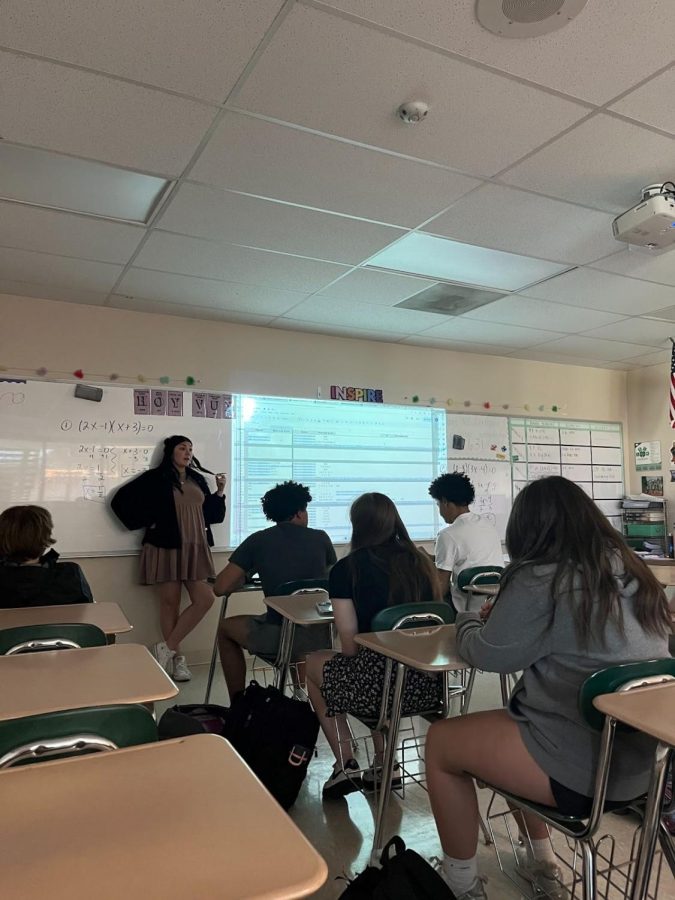
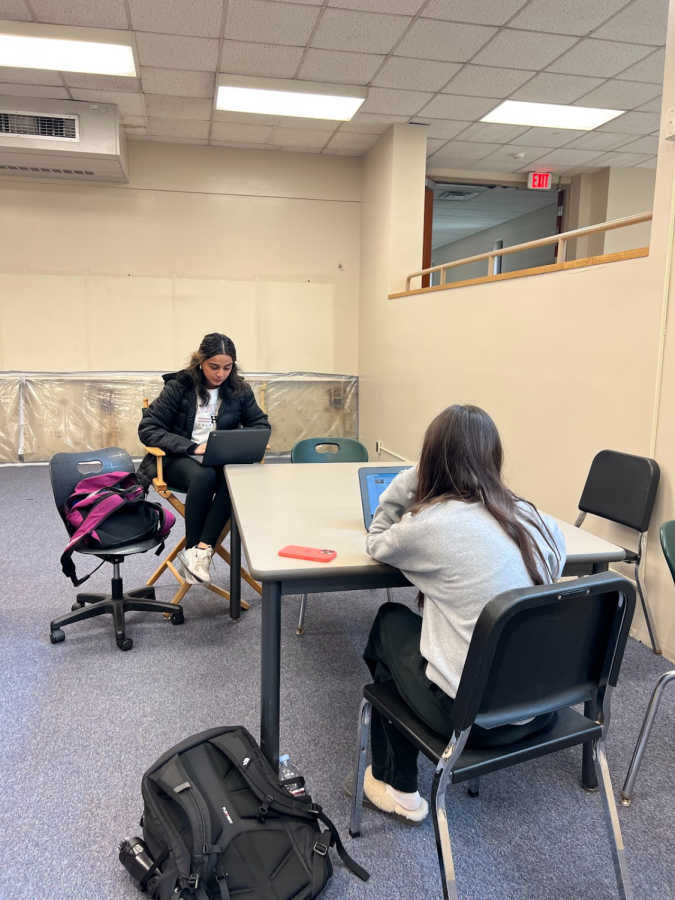


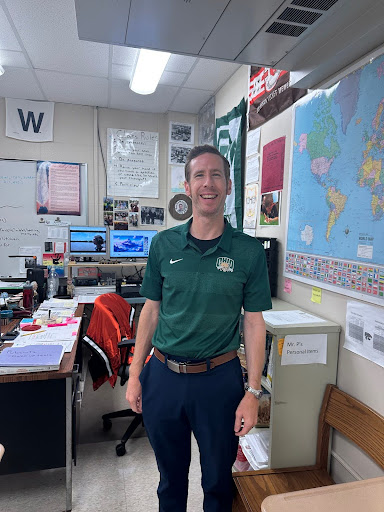
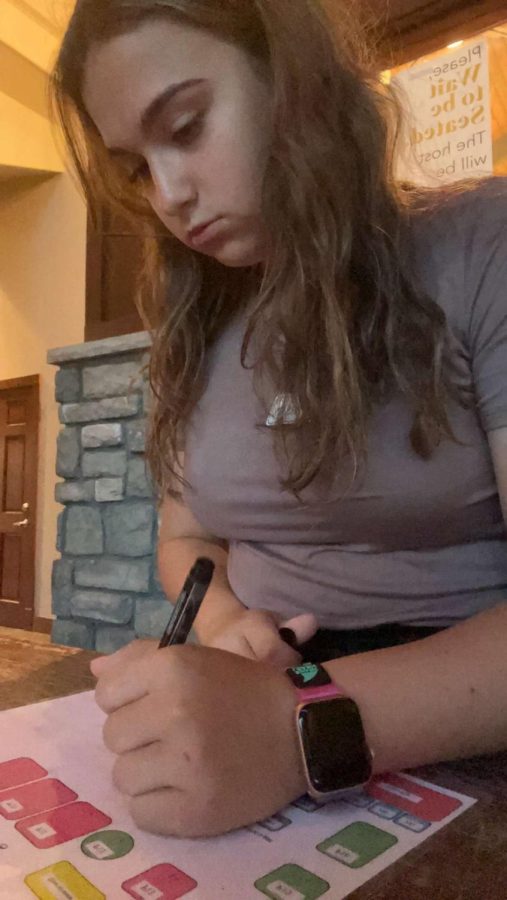
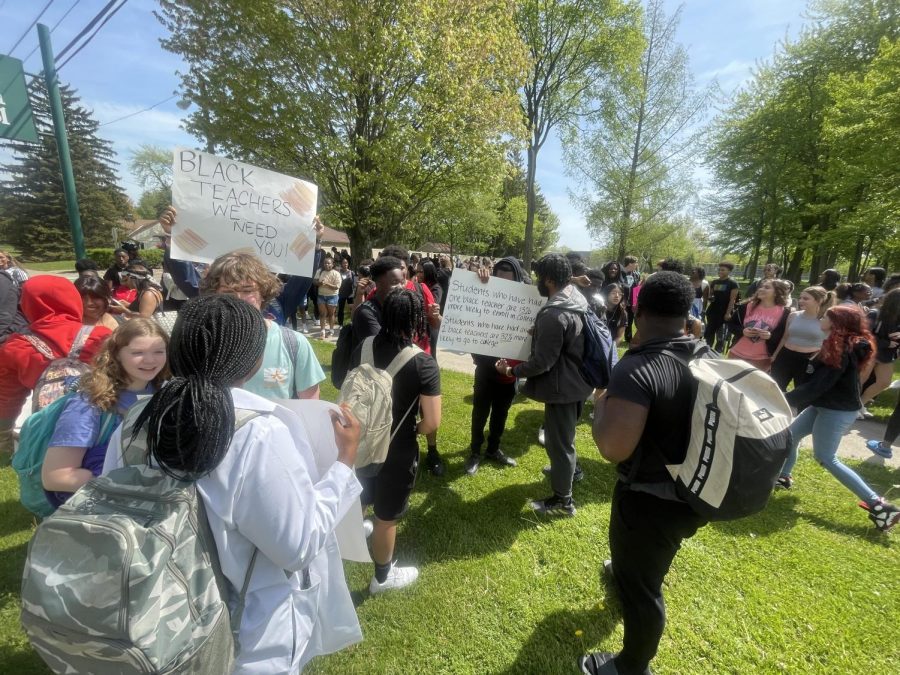


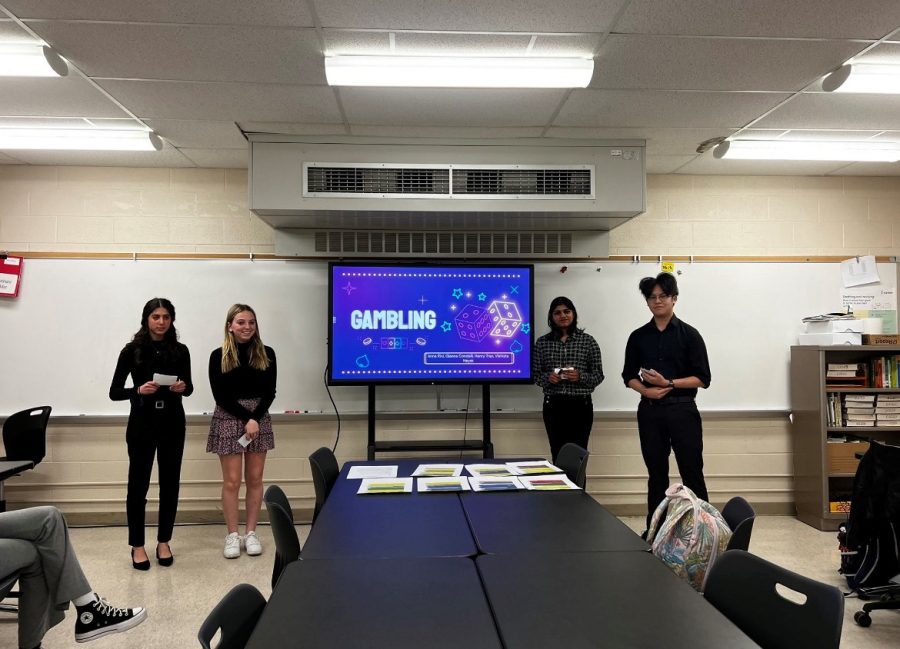
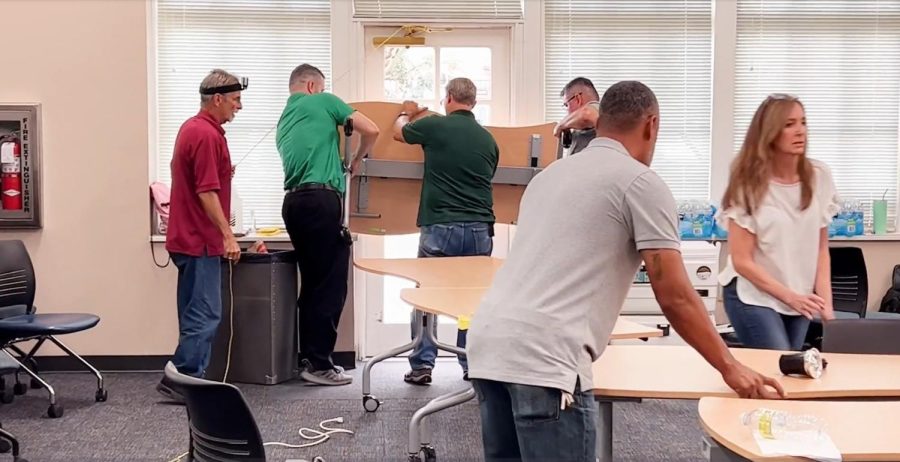

![Russian president Vladimir Putin took action to invade Ukraine on Feb. 24. According to the PBS Frontline episode "Putin's Revenge," Putin is obsessed with his image and how he and his country's actions are portrayed. The Atlantic's Julia Ioffe said, "[Putin] watches tapes of the evening news over and over and over again to see how he’s portrayed, to see how he looks."](https://pawprintnews.org/wp-content/uploads/2022/04/putin-5277284_1920-900x596.jpg)
